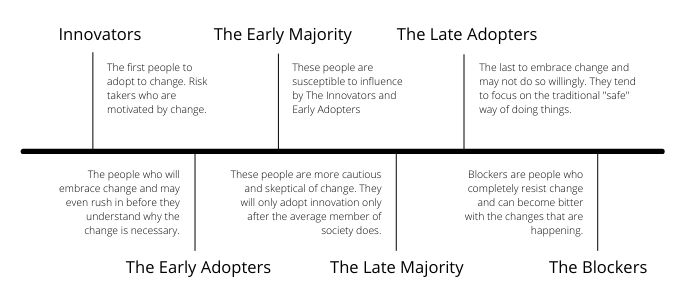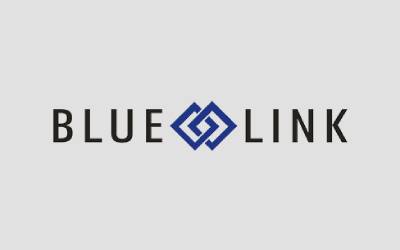When it comes to wholesale software and any technology, there is a financial impact to user adoption. The more employees make use of the different features available in wholesale software, the more benefits to your company and the bigger the impact on your bottom line. It can be hard to justify the cost of a wholesale software system, especially when you’re currently using introductory software to manage your business. But you’ll be surprised by how much investing in technology can aid and automate your processes and save you money. According to an analysis of 250 organizations, companies that invest in employee experience are four times as profitable than those that don’t. One of the main reasons any company implements ERP software is to streamline and automate processes, but it must be done correctly. Users of all levels should have access to training that allows them to know the software inside out, but they also have to want to learn it. We’ve written before about demonstrating the value of enterprise software to employees during your search process, so now let’s focus long term once a solution has been chosen.
What is User Adoption?
User adoption is the desired training outcome where new software users start working with the system and commit to using it long term. When implementing new software such as Blue Link ERP which affects all areas of the business, training employees on how to use the system is only the beginning. We want companies to strive to obtain user adoption. Learning a new system is not easy and it’s best to support your team wherever possible. Open the floor to discussion about any issues or concerns they may have about the new software. Remember that many of the employees are seeing the new system in action for the first time and will have questions about processes changing. Below we outline a few strategies that can help with coaching your employees to commit long term.
Get To the Heart of Why the Change Is Happening
Change can make people feel uncomfortable because it disrupts their daily processes, and we all know how hard it is to break habits. A new system will look different, work differently, and will require in-depth training so it’s easy to make mistakes if employees are not engaged. The best way to get your employees on board with change is to be honest and transparent with them about why the change is happening and how it can help them. According to the Diffusion of Innovations Theory, everyone reacts to change differently, and you should know where your staff lies within the model. Understanding who The Innovators and Early Adopters are will help you better prepare for and react to any push-back from employees. When 5% of the people in the group adopt a change, the change is embedded. When 20% adopt it, the change is unstoppable. Statistically, the Innovators, Early Adopters tend to make up almost 20% of people in an organization so you can focus your efforts on these people who can then help you influence the remaining groups.
Adoption Creates Value
Building out an ERP Software Training Plan that is tailored to your staff and provides ongoing and flexible training will save you money in the long term. User adoption is not a one-and-done type of situation – it’s an ongoing journey. Once initial training with your vendor is over, your team will likely still have questions or you may hire more staff that require training. Speak with your vendor about Help Desk opportunities to see where resources are located for your staff. The better trained your employees are on a software system, the more productive they will be. This also means checking in with your employees to obtain feedback on how the system is working and allowing them to voice their concerns and questions. Communicate to employees that their opinions matter and you will work with them on any issues that arise.
Make Learning Fun
Training of any kind can be dreadful even when you know the advantages of what you will be learning. Not all employees are going to be receptive to the new system and not all employees learn the same way. Consider having a lunch and learn for each training session and breaking teams up into smaller groups. Another great way to make learning fun is to focus on an X-Factor – something that will wow your staff. A great example is when businesses implement barcode scanning for warehouse management. Make it exciting that the tool can benefit their daily tasks and make work a little easier! Make the new processes fun and exciting!










